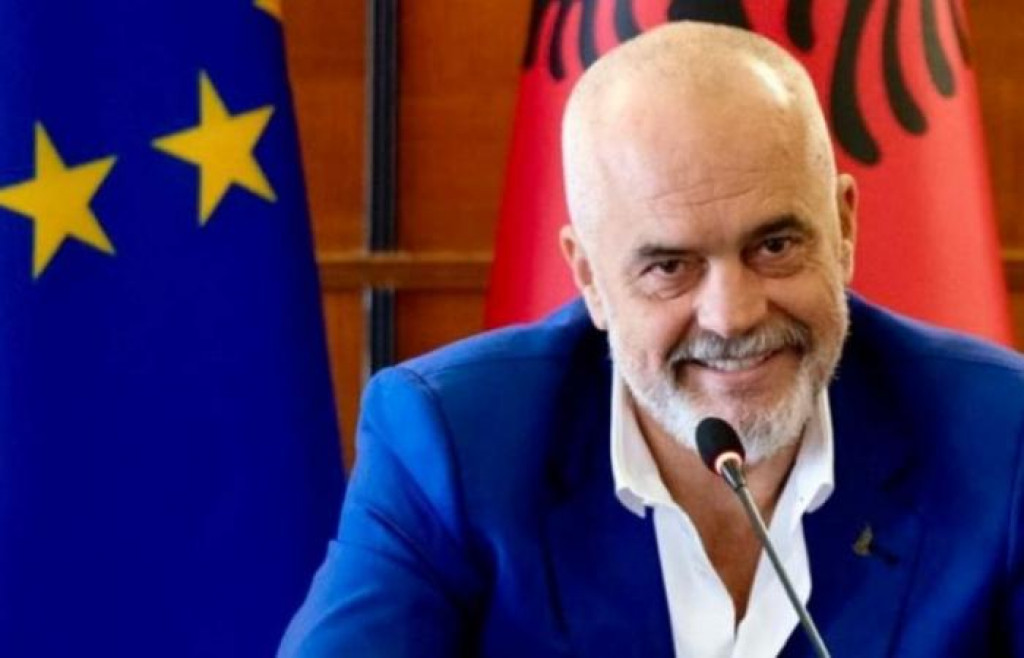
Former military general Prabowo Subianto has been sworn in as Indonesia's president, as he announced the country's largest cabinet since the 1960s. The 73-year-old, who had been dogged by allegations of human rights abuse for decades, was inaugurated on Sunday as the country's eighth president.








